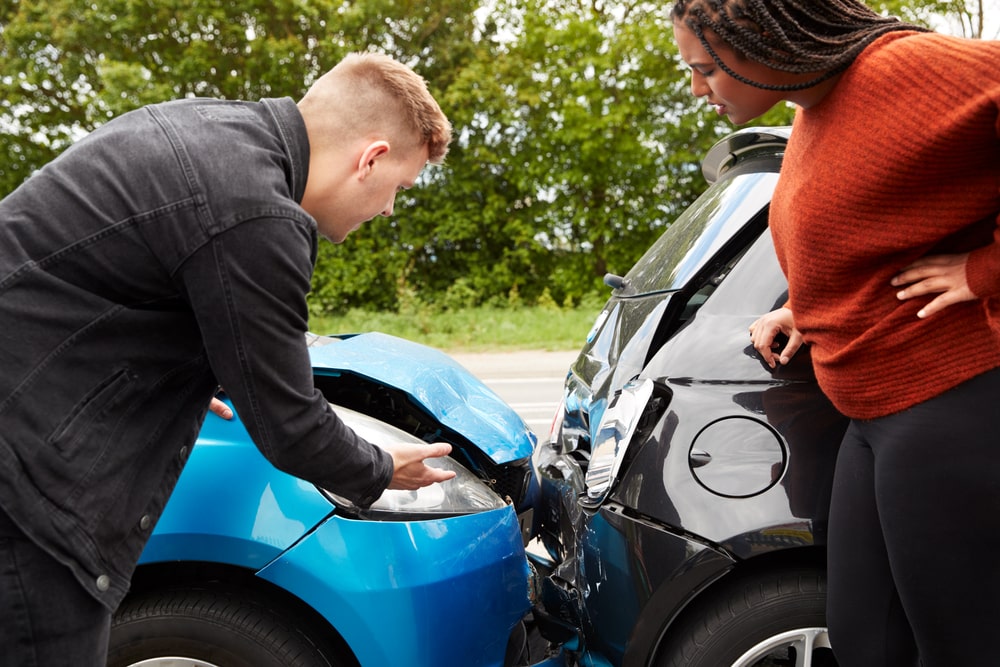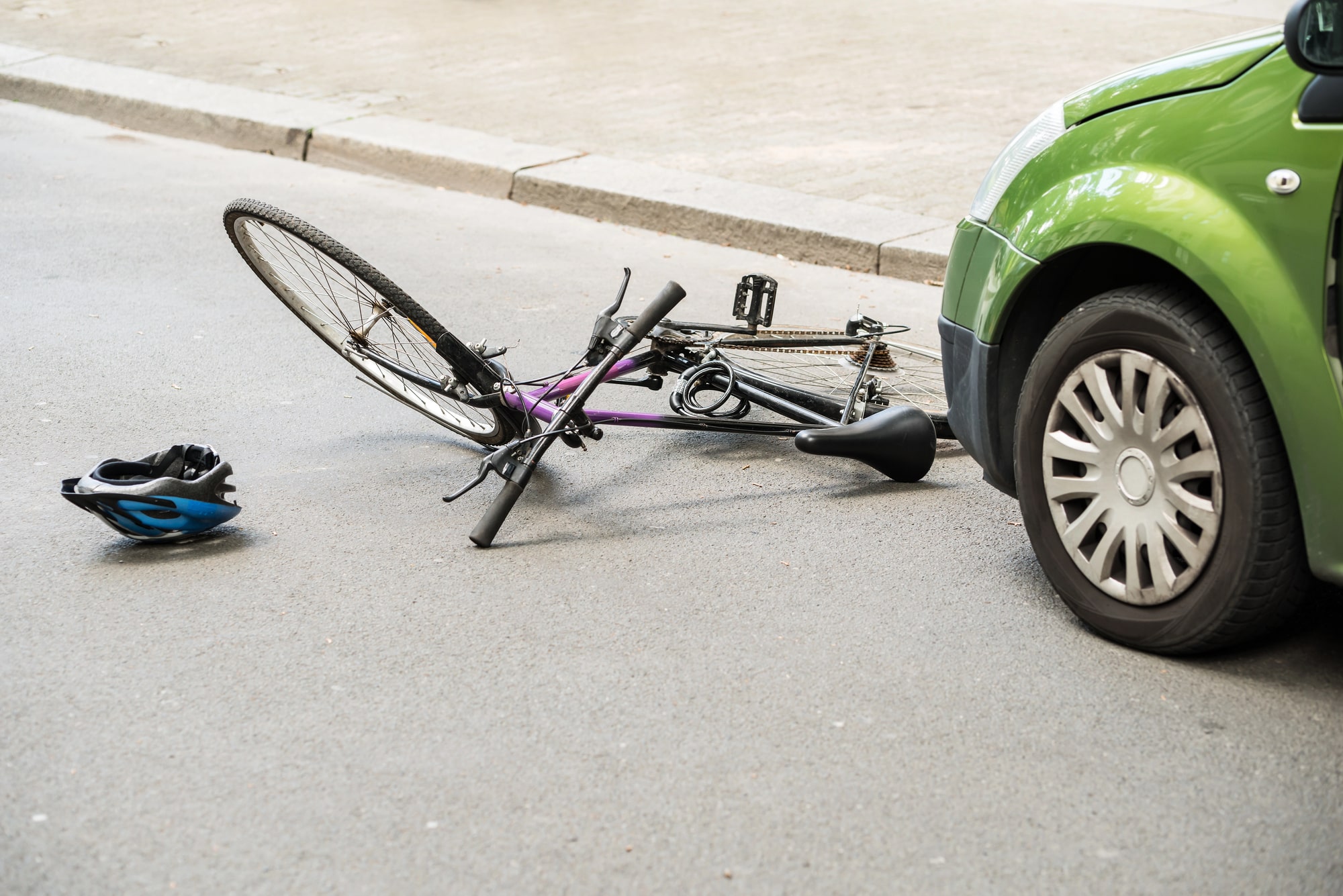When a car accident happens, one of the most important issues is determining who is at fault. Fault directly affects who pays for the damage, medical costs, and other losses. But figuring out who is responsible isn’t always straightforward. Several factors, including state law, available evidence, and statements from those involved, play a role.
Fault matters not only for legal reasons but also for insurance purposes. In some states, a driver’s ability to recover compensation depends on whether they share responsibility for the crash. That’s why it’s important to understand how fault is determined and what to do if you believe you’re being blamed unfairly.
How Fault Is Determined After A Collision
When police respond to an accident, they typically write a report that includes their assessment of what happened. This report might list one or more drivers as contributing to the crash. However, the police report is just one piece of the puzzle.
Insurance companies also conduct their own investigations. They look at photographs, witness statements, vehicle damage, and any available video footage. In some cases, they may hire third-party professionals to reconstruct the accident. Their goal is to figure out who was careless or acted in a way that caused the crash.
Common indicators of fault include running a red light, following too closely, failing to yield, speeding, or distracted driving. If one driver clearly broke a traffic law and the other did not, that often tips the scales when assigning responsibility.
The Role Of Comparative Fault Rules
Different states use different systems to handle situations where more than one person may be responsible. Some states follow “pure comparative fault,” meaning a driver can still recover compensation even if they are mostly at fault, although their recovery is reduced. Others follow “modified comparative fault,” where drivers cannot recover damages if they are 51% or more responsible. A few states still use a strict “contributory negligence” rule, where any level of fault can prevent recovery.
These laws make it especially important to understand how fault is assigned and why. Being found partially at fault doesn’t always mean you’re barred from recovering damages, but it can reduce the total amount.
Common Disagreements Over Fault
Not all accidents come with clear answers. Some drivers may deny wrongdoing or claim that the other party made a sudden move. In multi-vehicle accidents, the situation becomes even more complicated, as more than one person may have contributed to the chain of events.
For instance, in a rear-end crash, the driver in back is often assumed to be at fault. But if the front driver stopped suddenly for no reason or had non-working brake lights, that assumption may not hold up. Fault can also shift based on new evidence or additional witness testimony.
Why Evidence Is So Important
The more information you can gather after a crash, the better. Photos of the scene, video from nearby businesses, traffic camera footage, and witness contact information all help build a clearer picture of what happened. Even small details—such as the position of the cars or road conditions—can make a difference in how fault is decided.
Statements made to the police or insurance companies should be honest but careful. Saying too much without knowing the full facts could lead to being unfairly blamed.
How Legal Support Can Help
Attorneys like those at Pavlack Law, LLC can attest that proving fault is often one of the most contested parts of a car accident claim. Insurance companies may push back against accepting responsibility, especially if the case involves large medical bills or other significant costs. A car accident lawyer can review the facts, gather supporting evidence, and help protect your side of the story.
Having someone on your side who understands how insurance companies approach fault can make a real difference. They can also work with professionals who analyze accident scenes and help make sense of technical reports.
Moving Forward After A Crash
If you’ve been in an accident and fault is in dispute, it’s important not to assume you have no options. You may still be entitled to compensation even if you’re partially responsible. Gathering evidence early, getting medical attention, and speaking with the right legal support can help you take the next step with more confidence.






Leave A Comment
You must be logged in to post a comment.